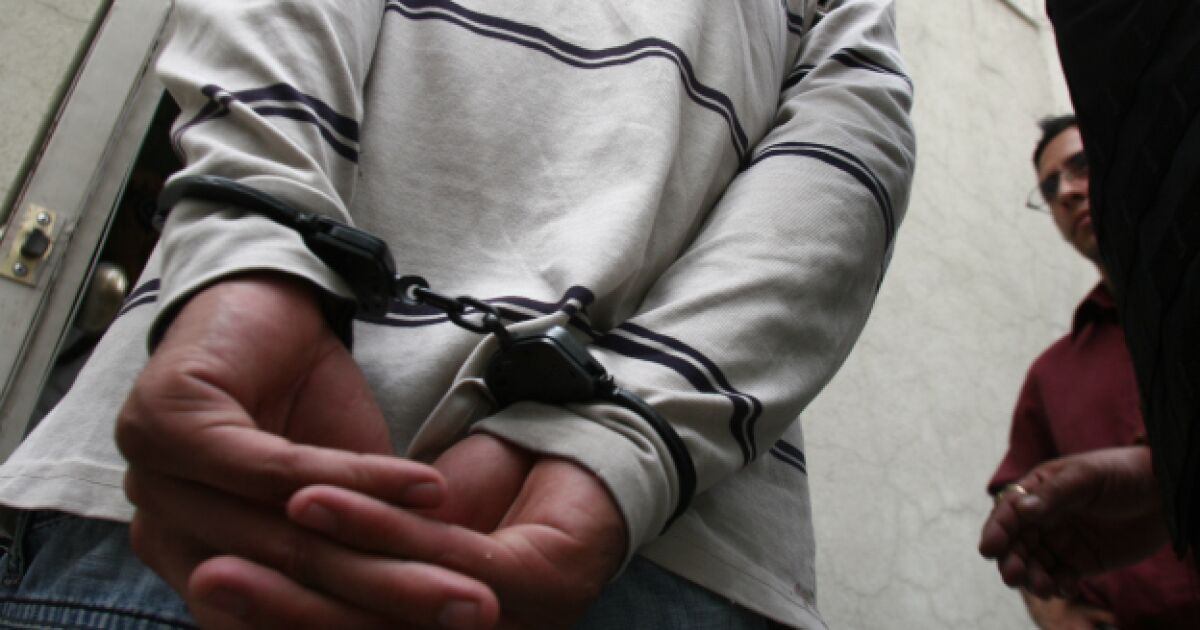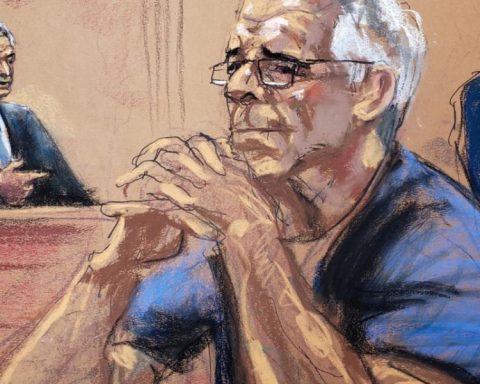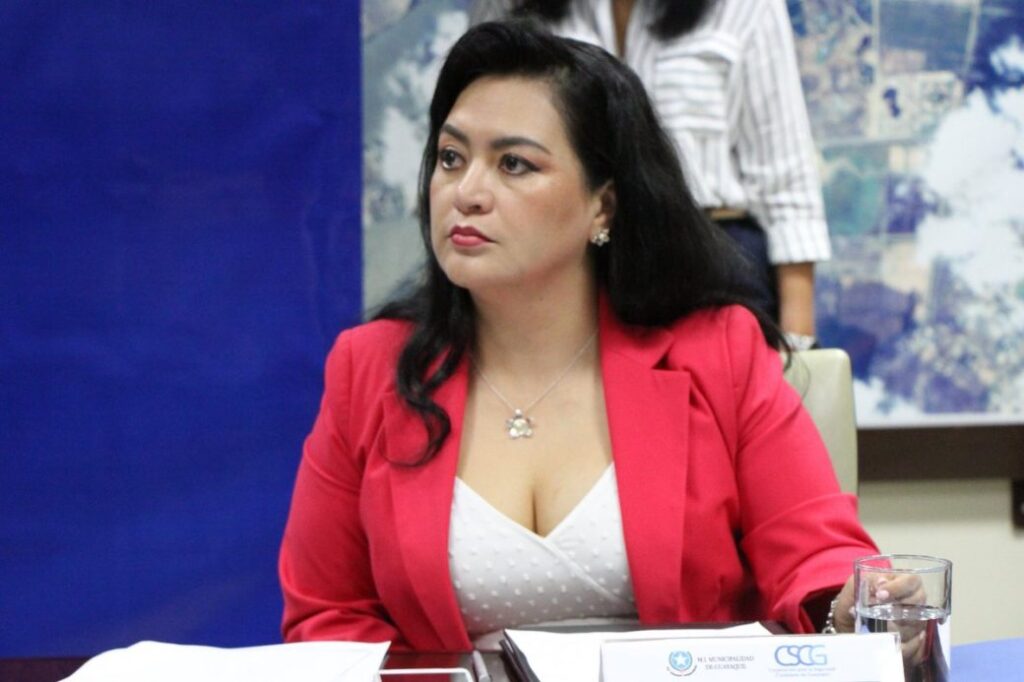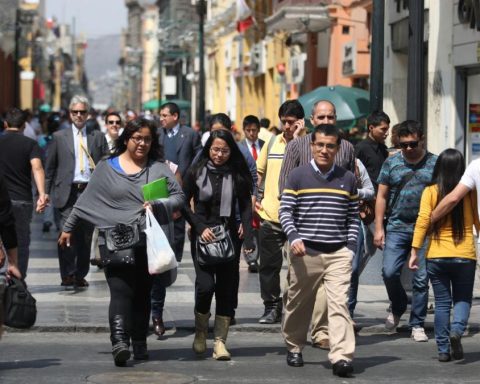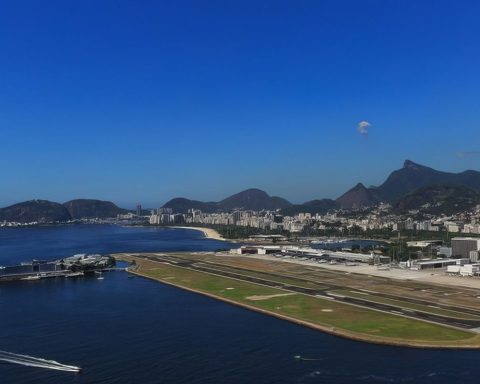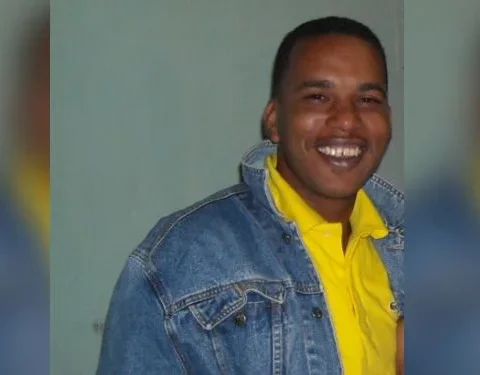Worse yet, Felipe Calderón’s decision to send the Army into the streets to supposedly combat the rise of criminal organizations generated a spiral of violence and human rights violations that is unstoppable to this day. In the war against drug trafficking, torture, extrajudicial executions, disappearances, irregular detentions and “collateral damage” became so common that they ceased to shock and were accompanied by a perverse disdain for the victims and by the usual impunity .
In this scenario, in one of the worst moments of the war against drug trafficking, the constitutional reform of 2011 was enacted, which placed the protection and guarantee of human rights recognized in the Constitution at the center of the actions of the Mexican State and in the international treaties ratified by it.
As I explained at the beginning of this column, this may seem contradictory, but it is not: Mexican governments pragmatically used the legal and institutional advances in human rights as an instrument to position themselves in the post-Cold War liberal international order and, at the international level, internal, to contain a society and a press that increasingly demanded that the political system be democratized.
To put it in simple terms: from the 1990s to 2018, Mexican governments used human rights as a bargaining chip to sign trade agreements, please their diplomatic partners, contain citizen discontent, and mitigate criticism from public opinion; in short, to obtain economic benefits and maintain political and social stability in the country. That is what is studied in the book.
During the López Obrador government, the dynamic is changing. In 2018, AMLO came to power with the promise of ending the war on drug trafficking, attacking the structural causes of violence and claiming the rights of victims. Nothing of that has happened. In practice, criminal violence continues to rise and the federal government uses the military to do more and more work.
